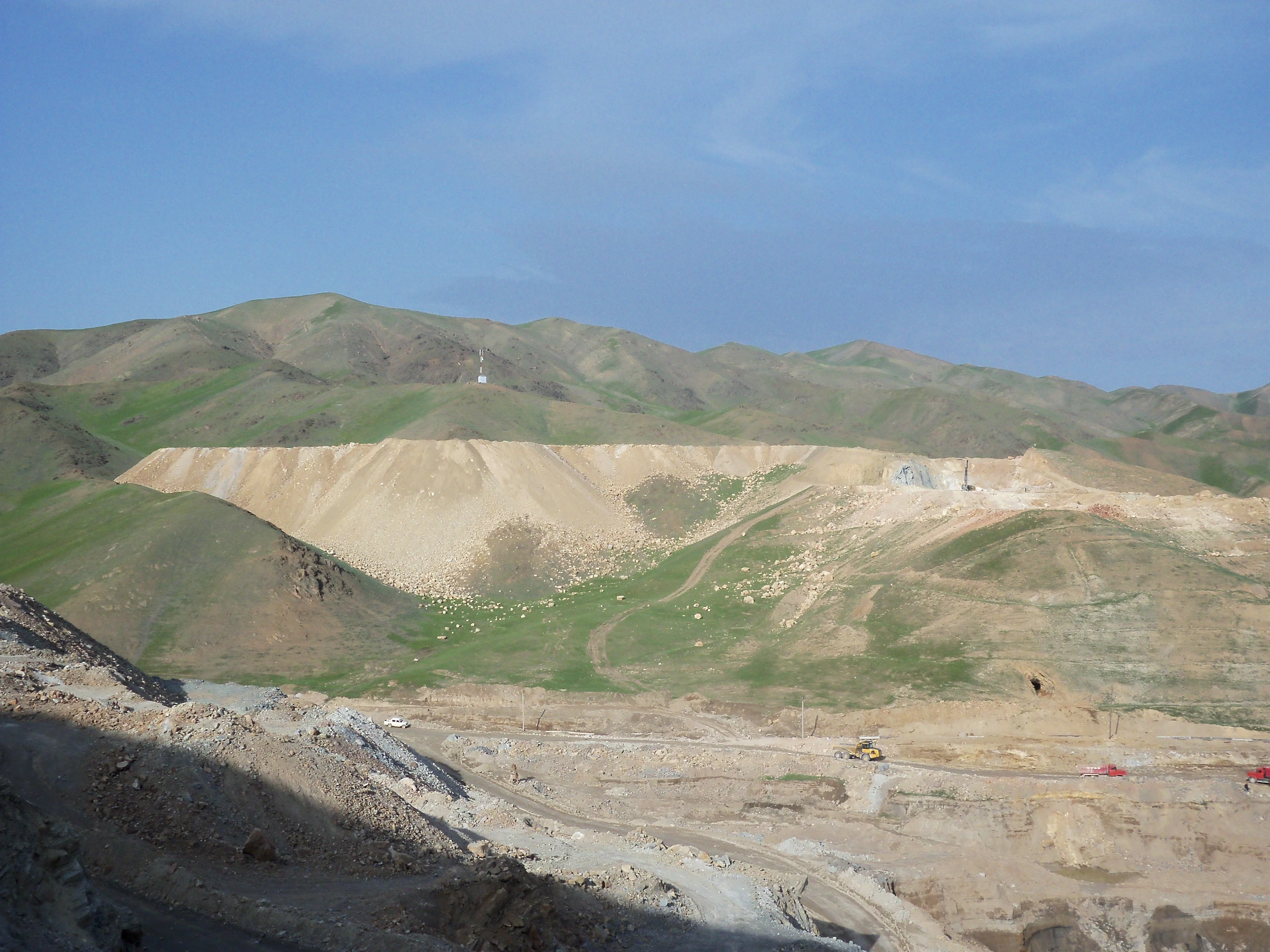Golden Heart of Central Asia

The Tien Shan Belt extends for over 2500 km, from western Uzbekistan, through Tajikistan, Kyrgyzstan and southern Kazakhstan to western China.
Gold mineralization occurs in two principal settings within the Tien Shan Mineral Belt, namely as:
The porphyry and epithermal systems include the vast Almalyk Complex of porphyry Cu-Au deposits (>5 Gt @ 0.5% Cu, 0.4 g/t Au) comprising the connected Kal’makyr and Dalnee deposits to the south-east of Tashkent, Uzbekistan, and meso- to epithermal deposits such as Kochbulak (which contained around 135 tonnes of Au at grades averaging 12 g/t Au, 120 g/t Ag) some 30 km northeast of Kal’makyr-Dalnee. The orogenic-type gold deposits include the incomparable Muruntau (originally containing 5400 tonnes, or 175 Moz, of gold at an open pit recovered grade of 3.4 g/t Au), the nearby Amantaitau (primary and oxide resources of 700 tonnes, or 22.5 Moz, of Au at grades of 7.5 g/t Au), Daugyztau (180 tonnes of Au), Zarmitan (340 tonnes Au), Jilau (90 tonnes of Au), Kumtor (550 tonnes, or 17.5 Moz, of Au at grades of 2 to 6 g/t Au) and others.

